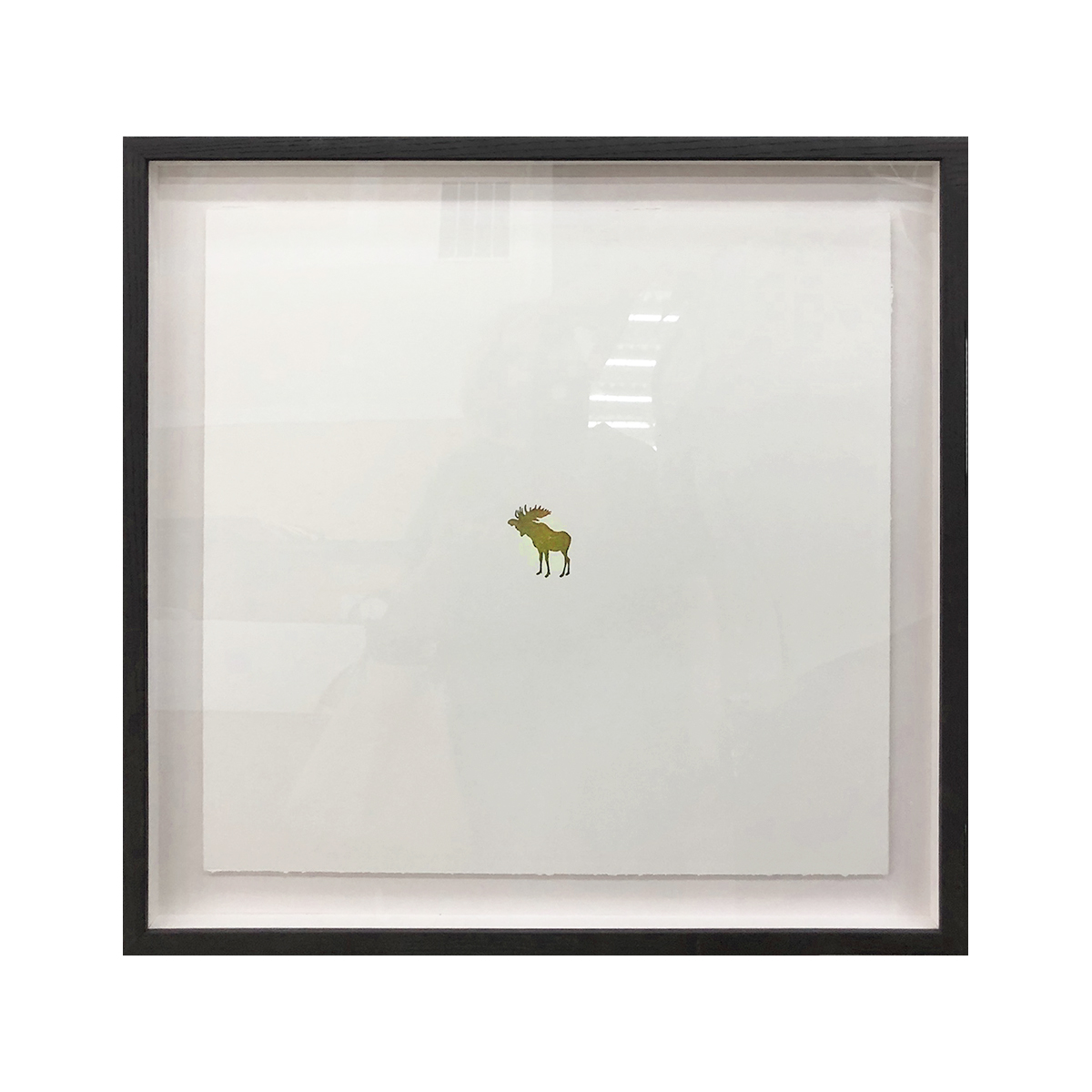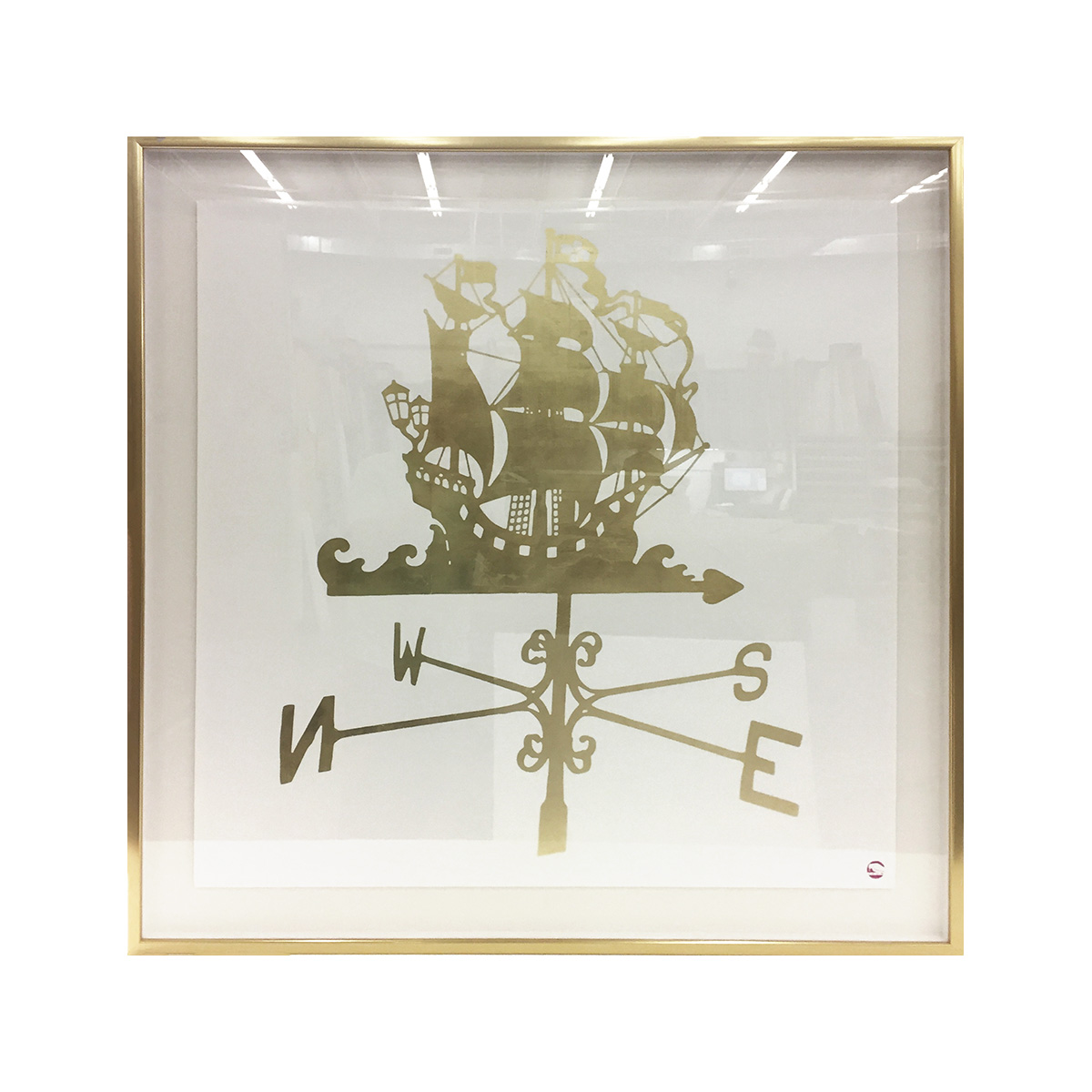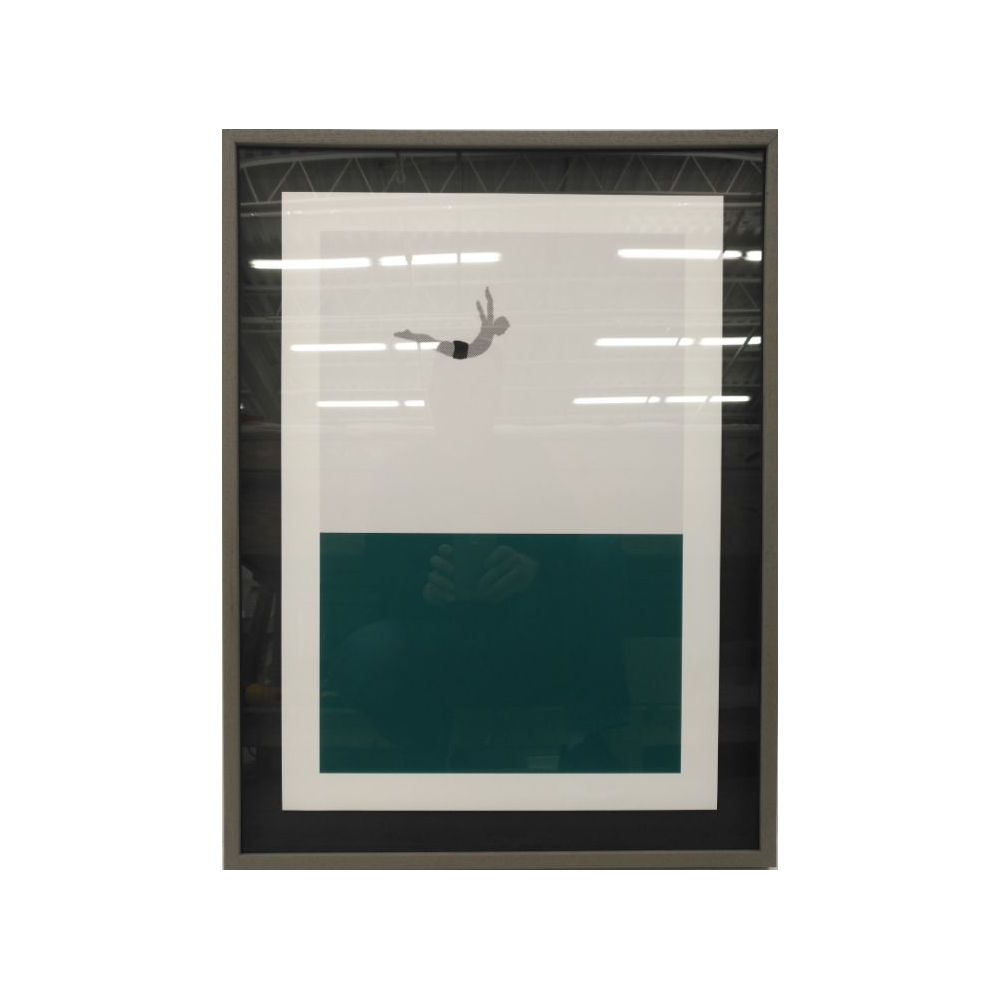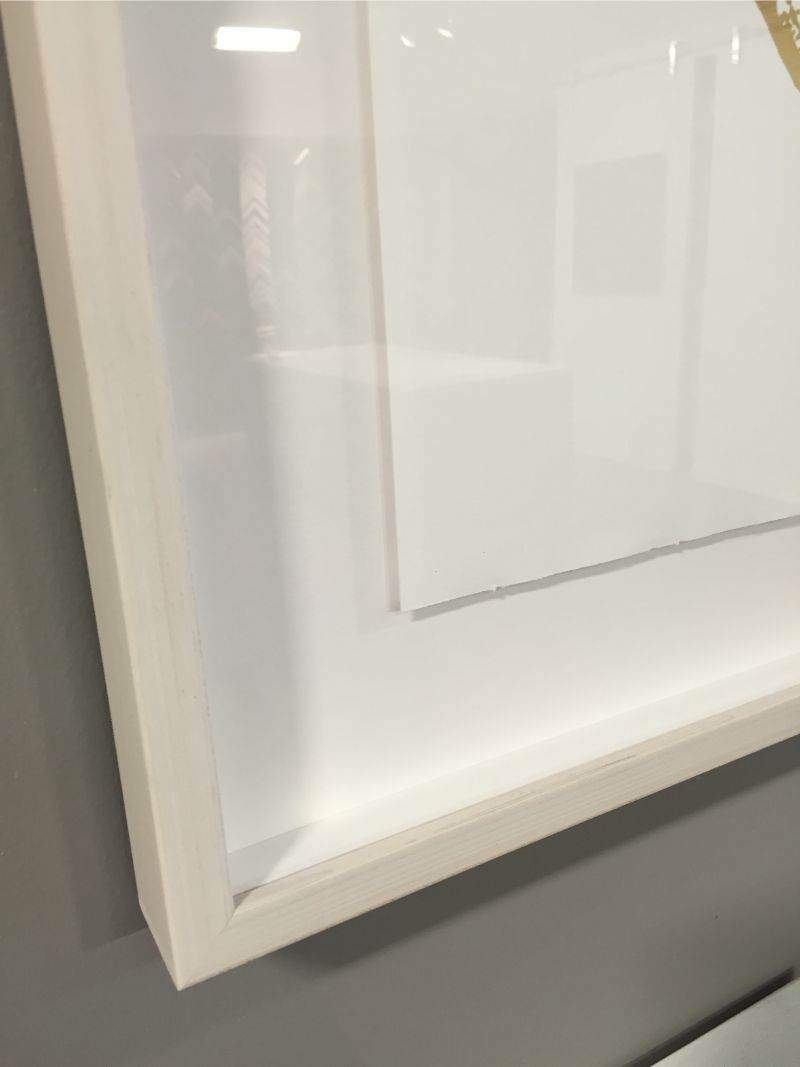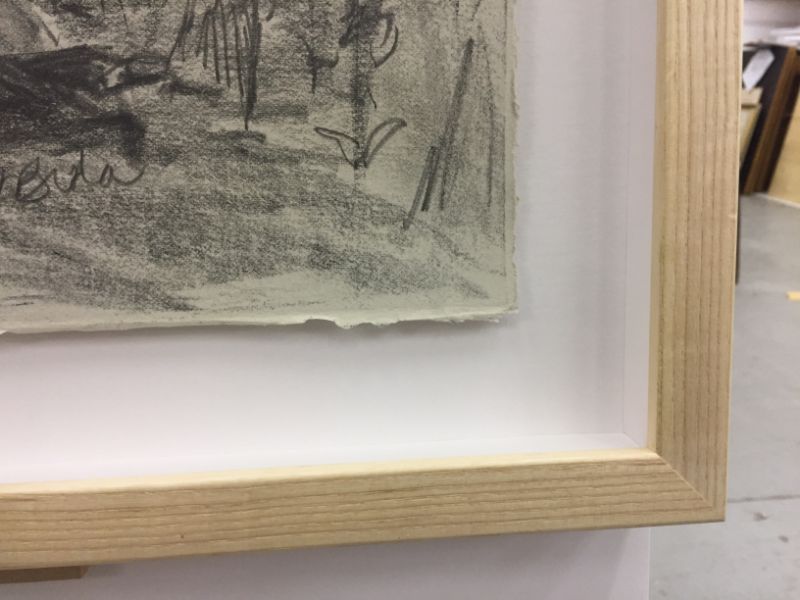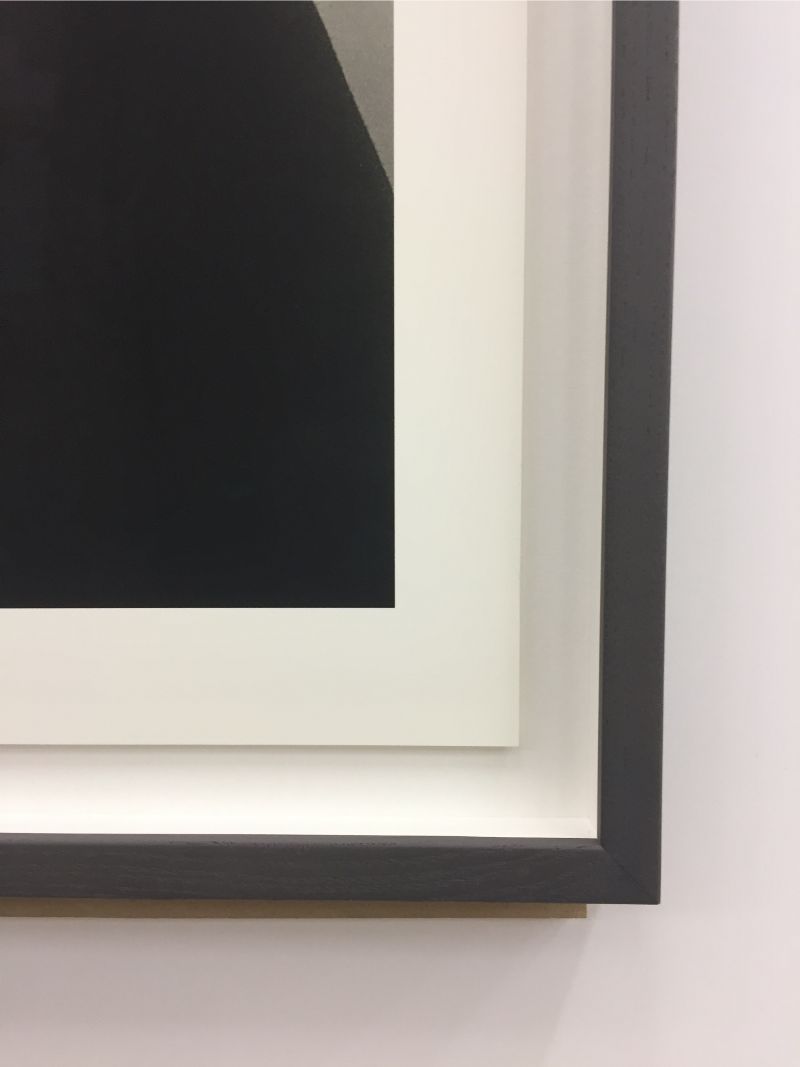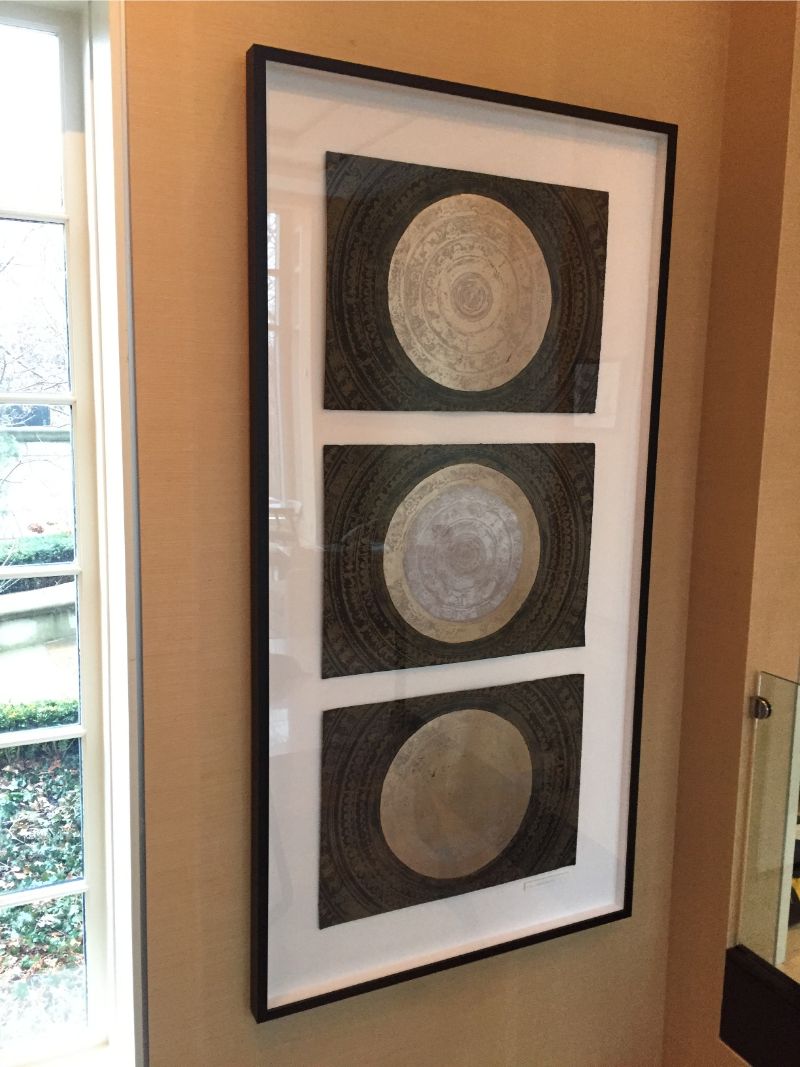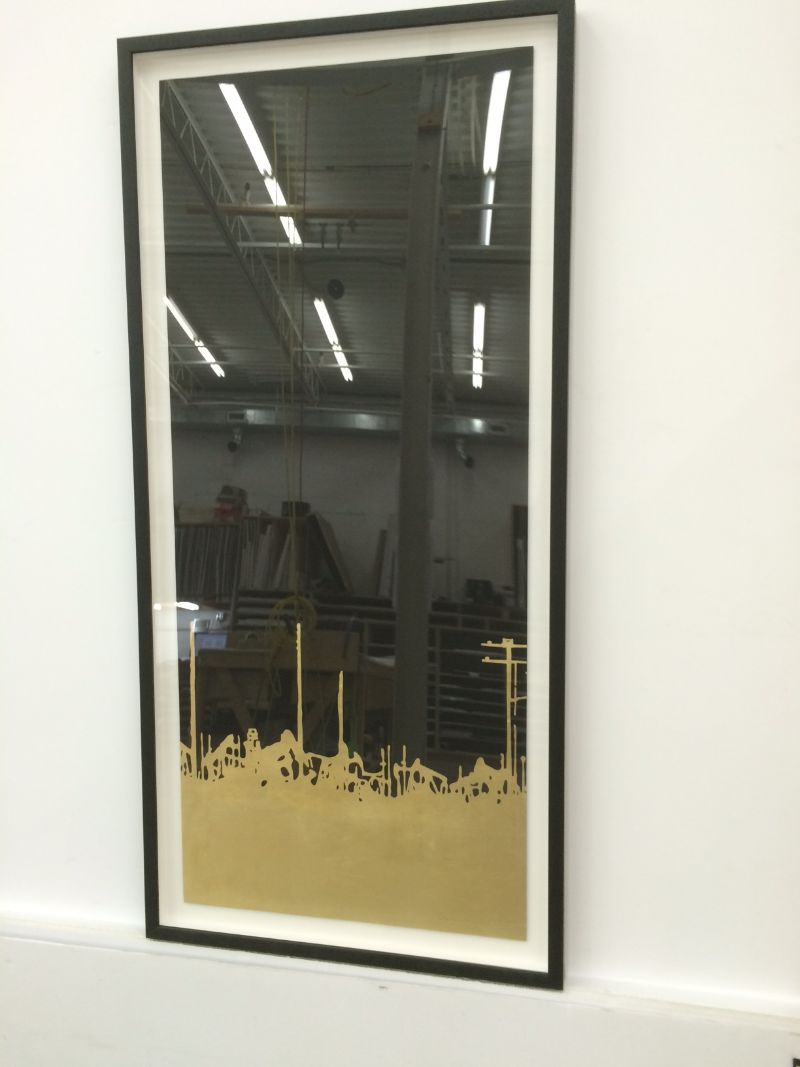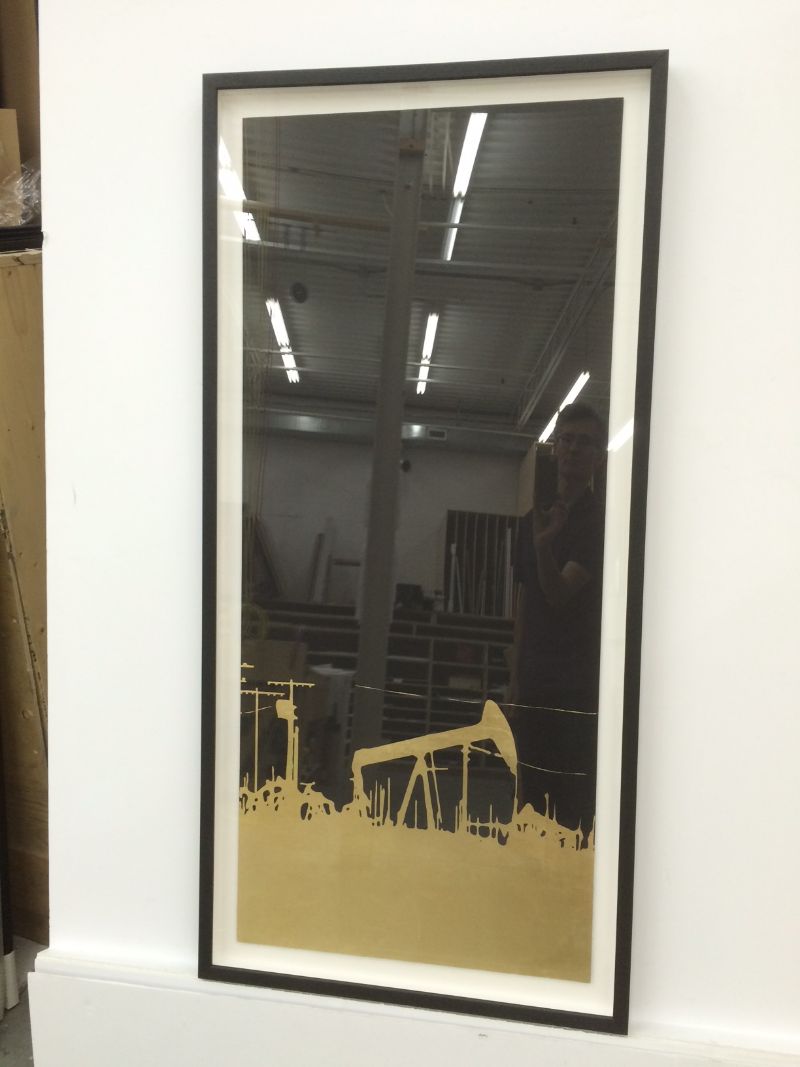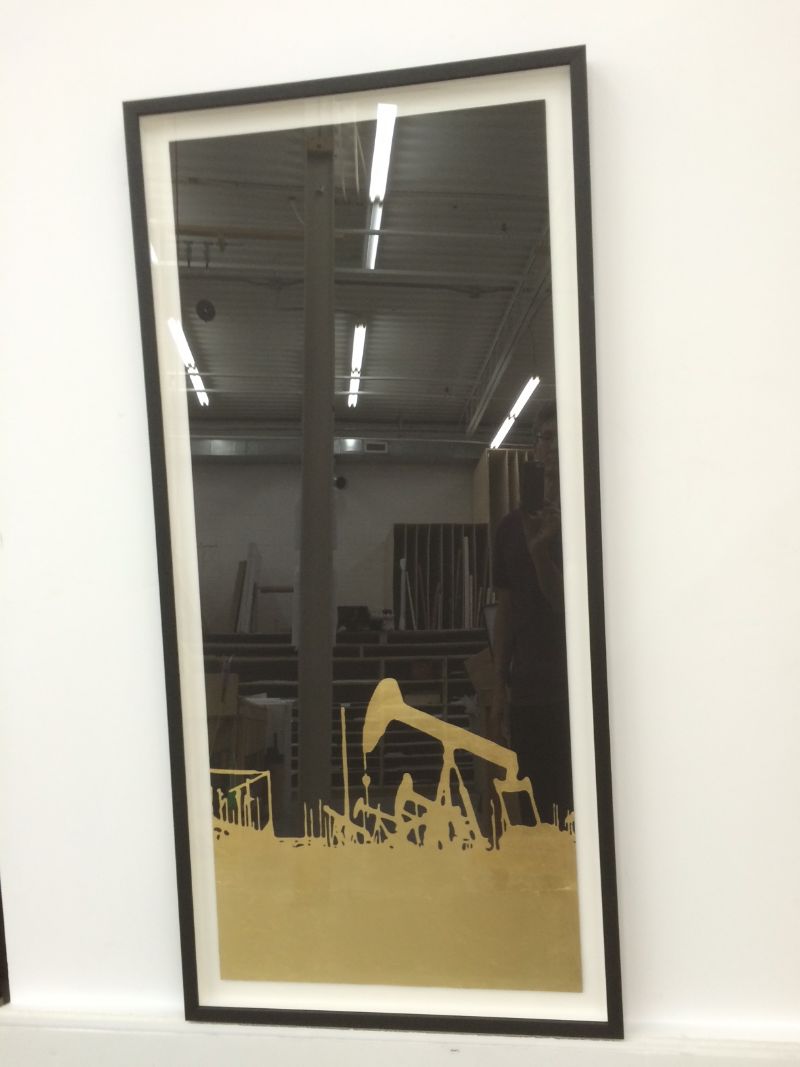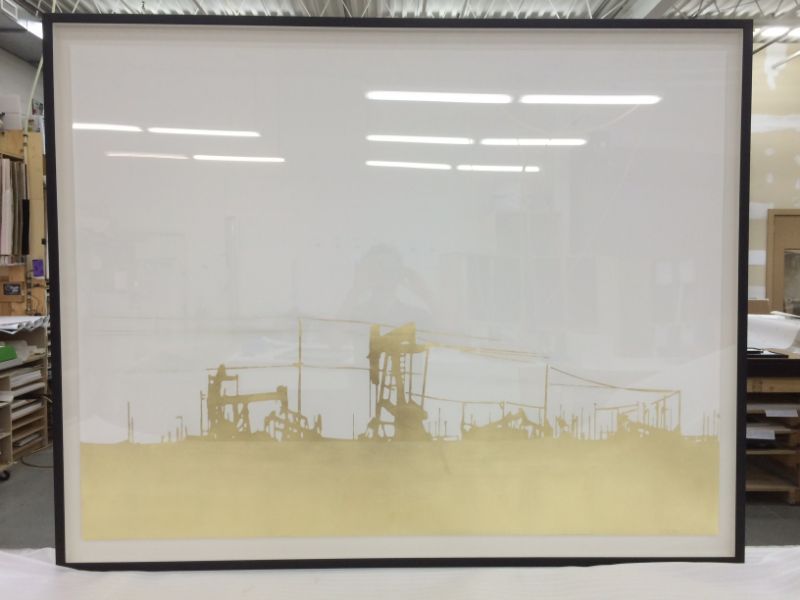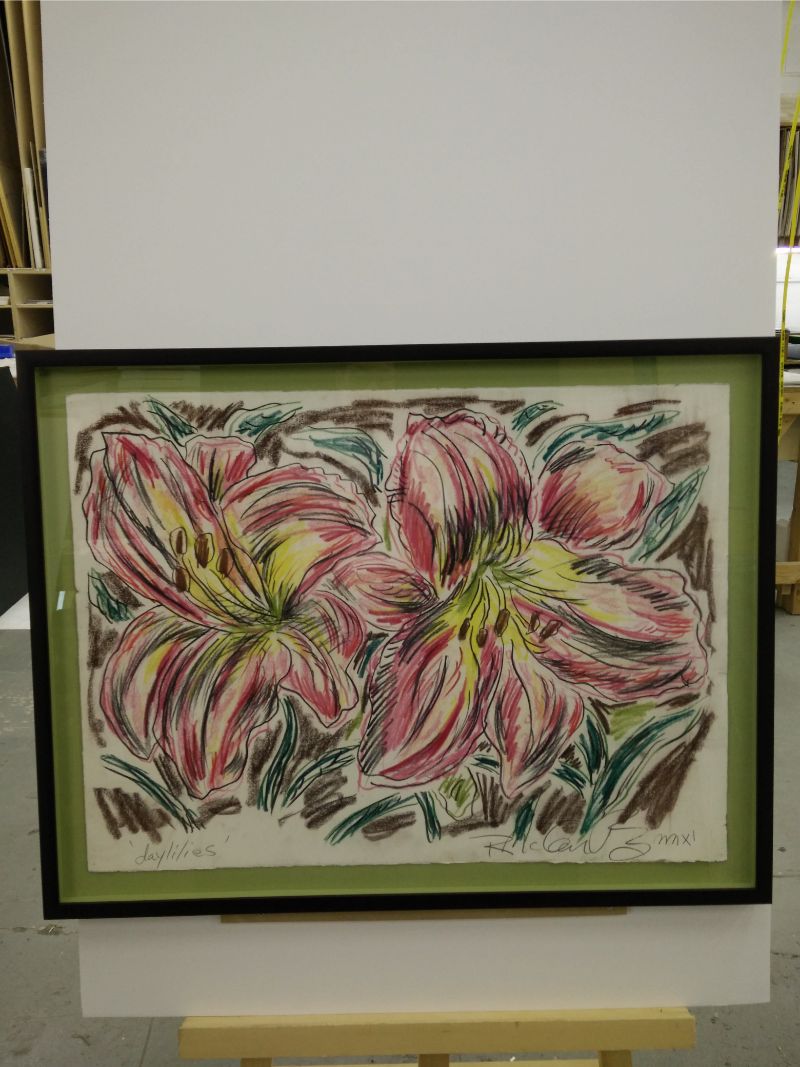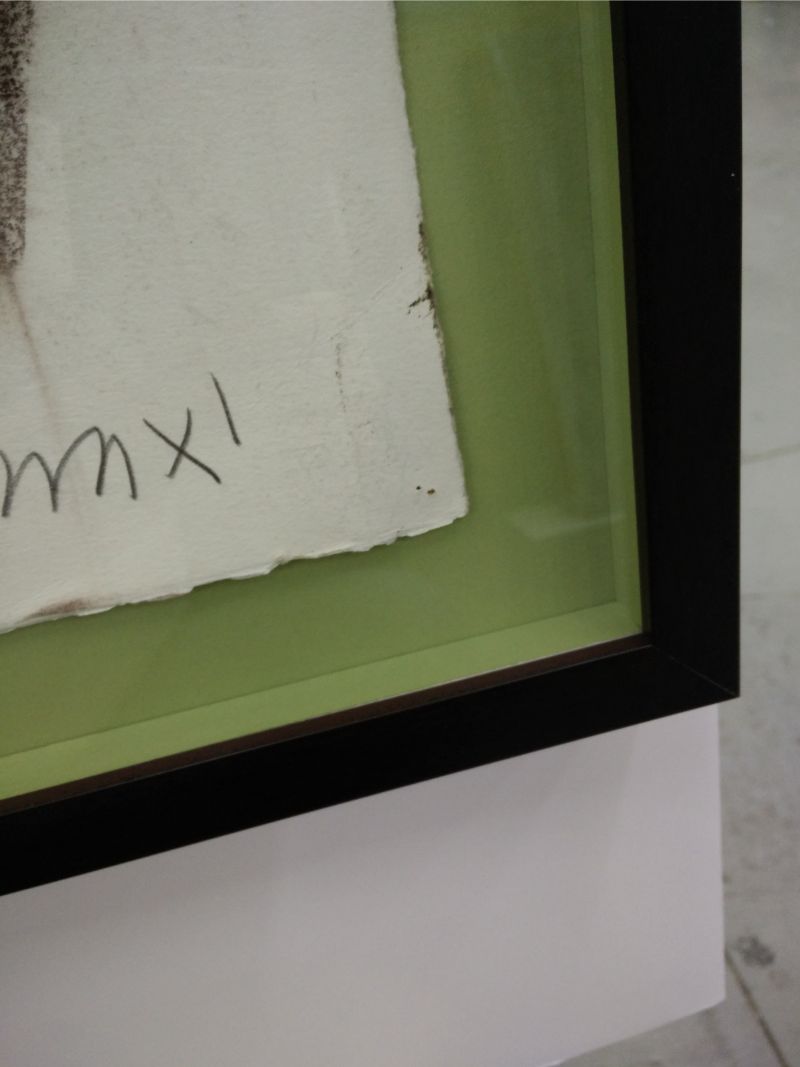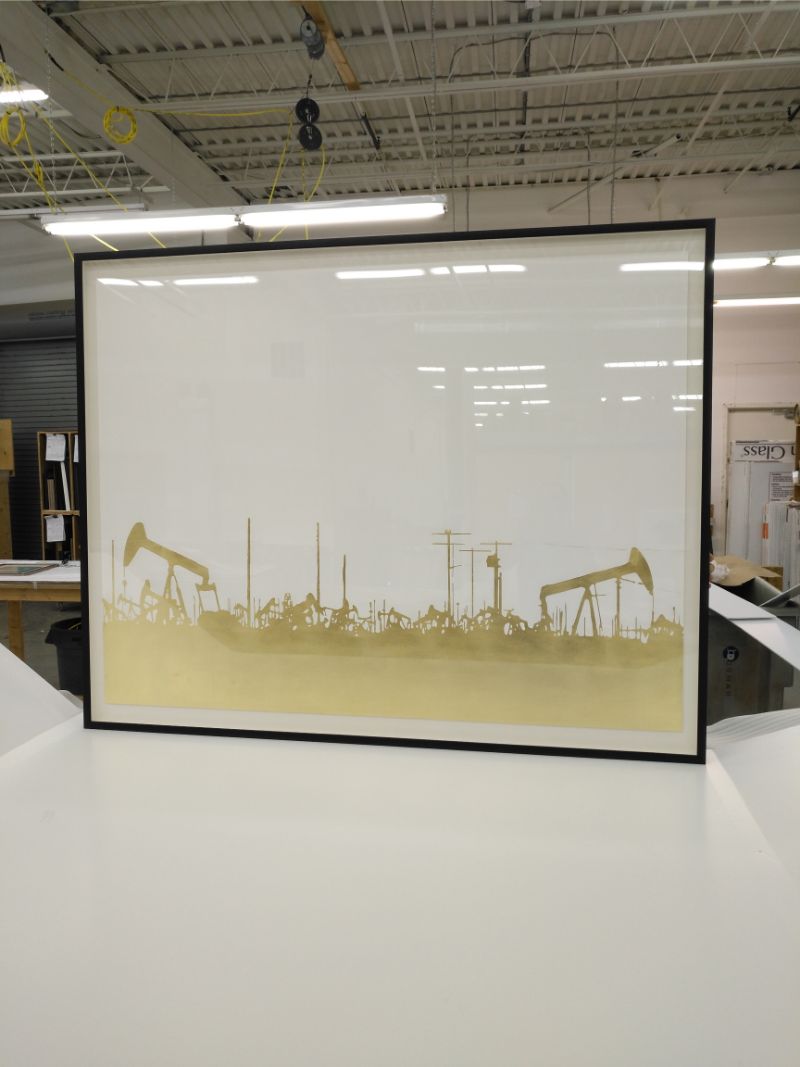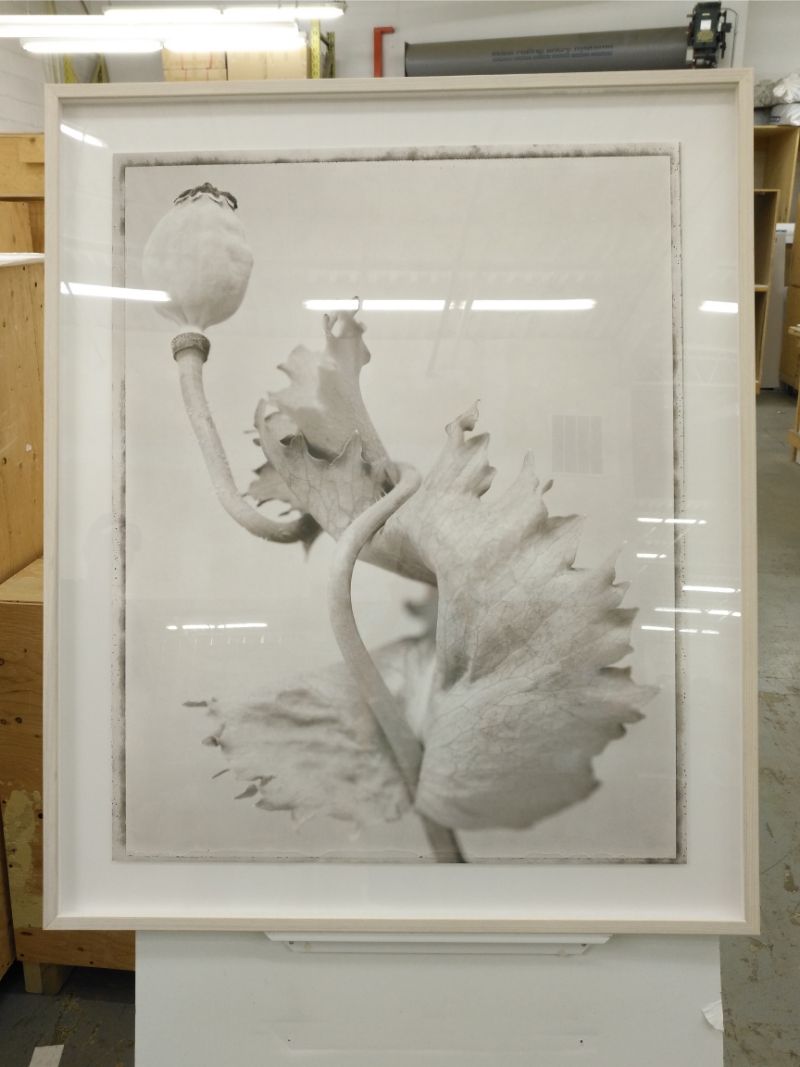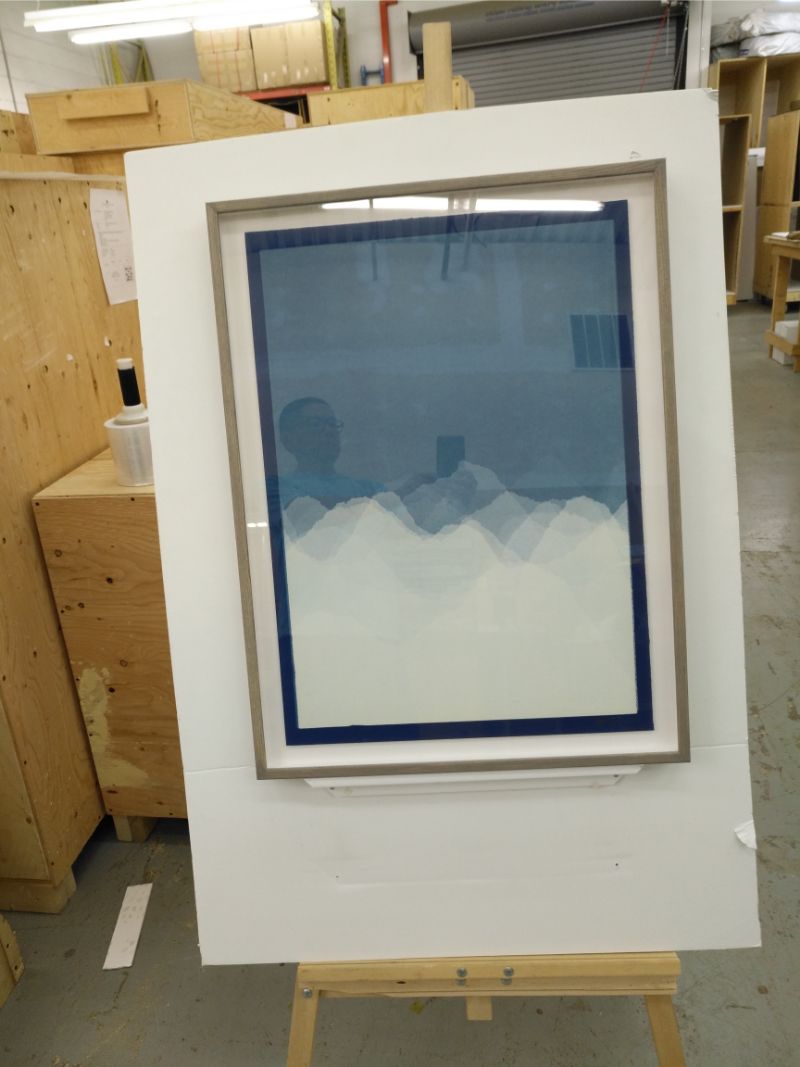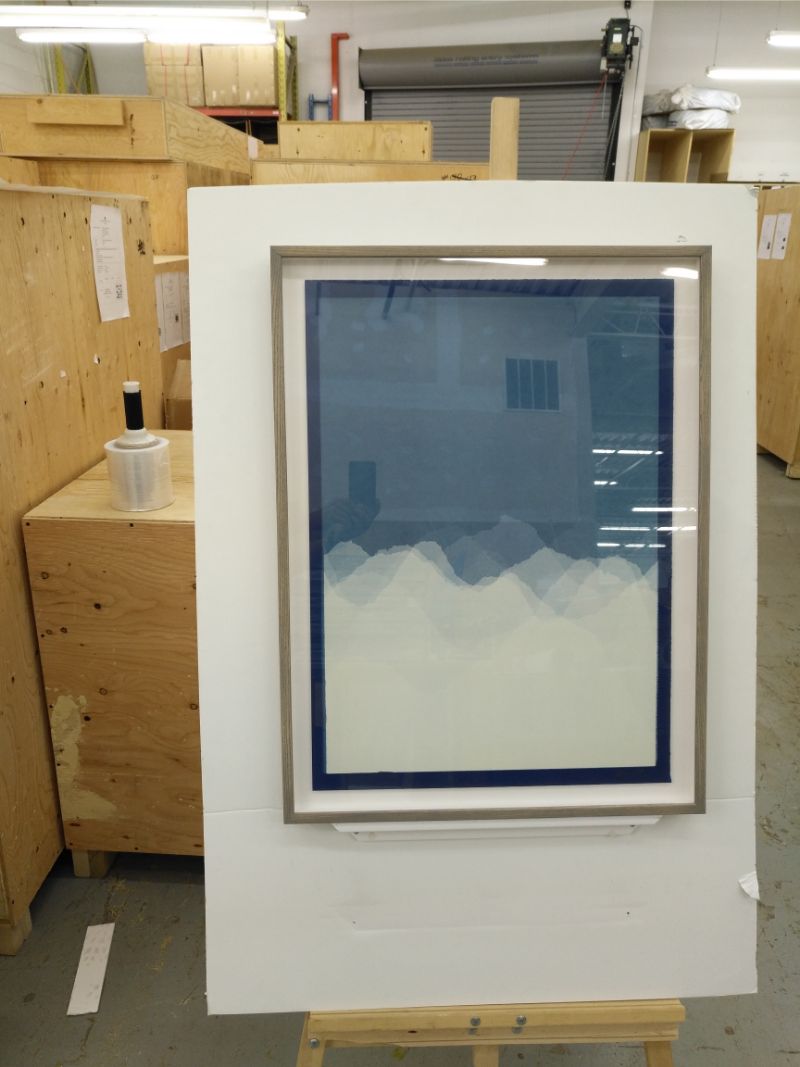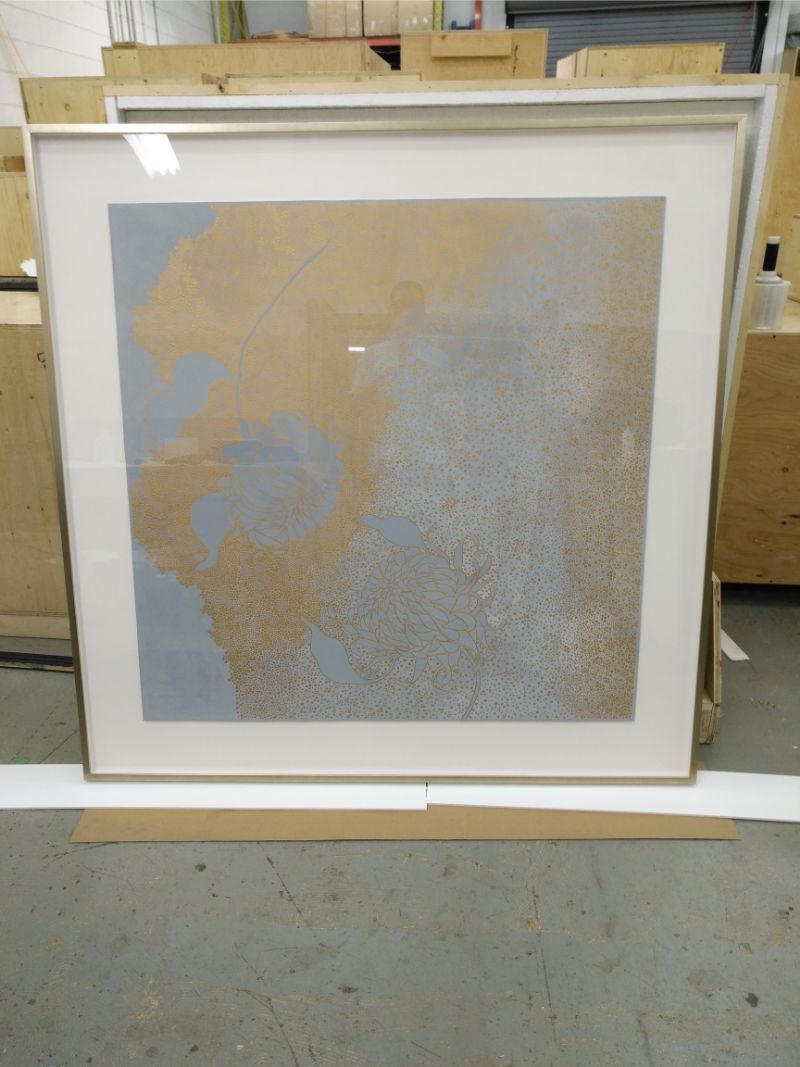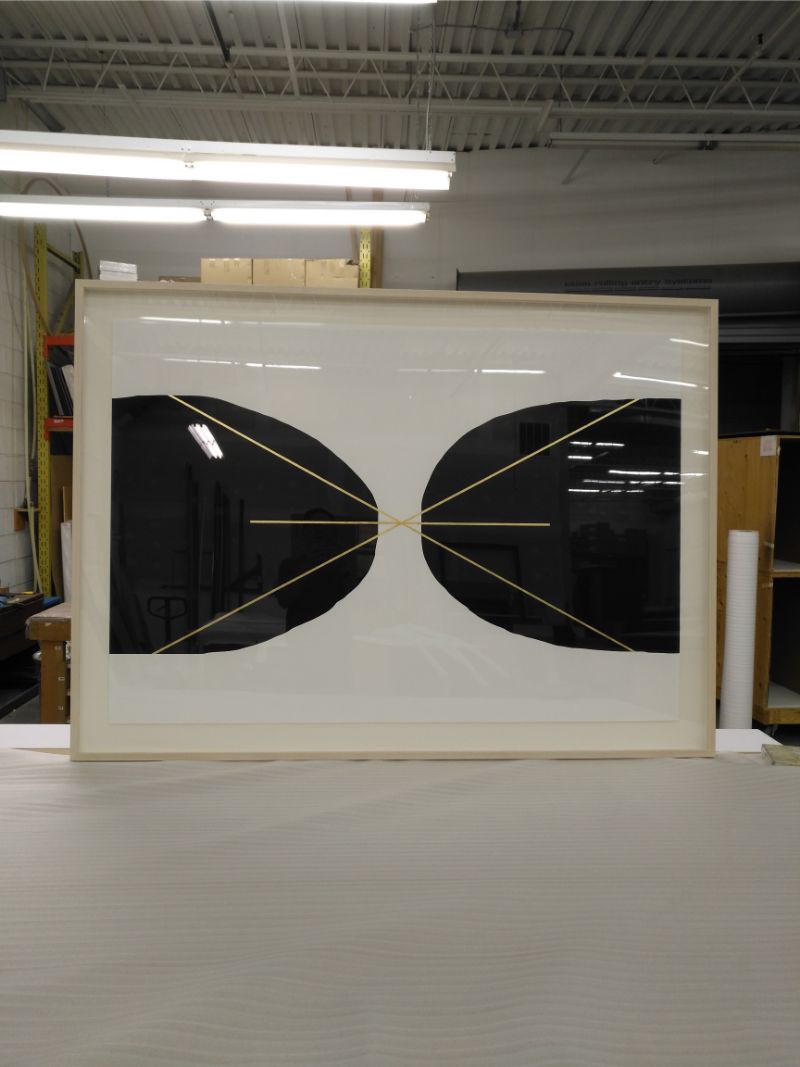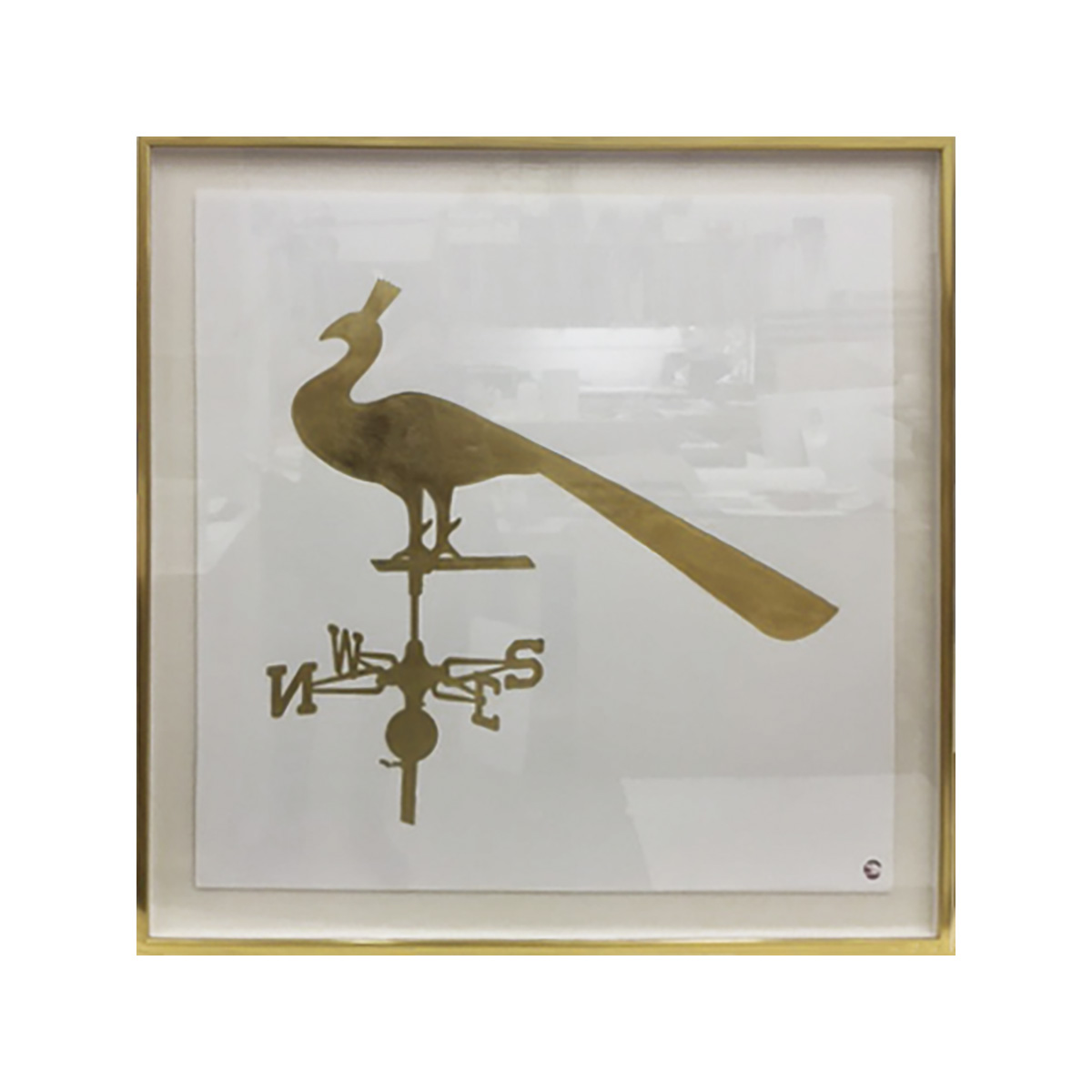
Inset Float Framing
Coming up with a name for this page was quite the task. In my opinion this is, one of the nicest ways of framing artwork on paper, particularly artwork with beautifully deckled edges. The title inset float framing will have to do for now, but I will continue to search for a name that does it justice.
Inset float framing is a method where your artwork is raised by a 3/16” piece of acid-free foamcore. The acid-free foamcore is inset about 3/8” all around from the edges of the artwork. This allows the artwork to float on top of the background mat with the foamcore adding a spacer, creating beautiful shadows. There are three typical mounting methods to achieve this.
The drymount inset float, or drymounting with a reverse bevel is a permanent method where the piece of acid-free foamcore is drymounted to the back of the artwork making it perfectly flat. The acid-free foamcore will either be inset 3/8” (from the edges of the artwork), or cut with a reverse bevel right up to the edge of the artwork (depending on the paper type) so as to ensure that the foamcore your artwork is floating on is not visible once it is framed. These methods are not reversible so it may not be recommended on high value artwork.
This brings us to the second mounting method, using t-hinges with wheat starch paste. The t-hinges are created from a mulberry hinging paper and adhered using wheat starch paste. This method gives you the option of removing the artwork at a later date by cutting off the t -hinges and by remoistening them to remove them from the art. Typically some wheat starch paste residue is the only thing left behind on the back of the artwork. The only downside to t-hinges with wheat starch paste is that the artwork doesn’t typically sit perfectly flat, and in many cases the artwork will be quite wavy. It can also change according to inevitable humidity changes. If waviness in the paper will bother you, this may not be the method of framing for you.
Lastly for artwork with little to no value or temporary wall décor double sided tape is an option. Again this method is not reversible and it will not make the artwork lay perfectly flat. In addition, the double sided tape may eat though the artwork over time causing visible acid-burn on the front. However, this can typically take 10 years plus, depending on variables such as the thickness of the paper.
In all three methods of mounting it is also very common to mount directly to the background mat, using the 3/16” acid-free foamcore behind to float on is completely optional. It’s all personal preference.
Framing with the inset float method generally requires the use of spacers of some kind to keep the glass from resting on the artwork. Our most popular option is a contemporary shadowbox frame where we line the inner walls of the frame with acid-free foamcore creating the space needed between the artwork and the glass.
No matter the option you use, all of these methods result in a truly unique and beautiful way to display your art.
Making Framing Easy for Over 25 Years!


